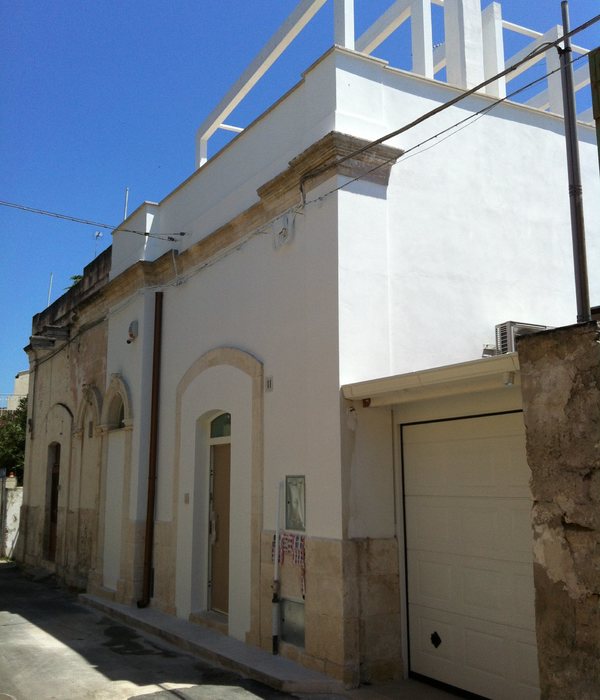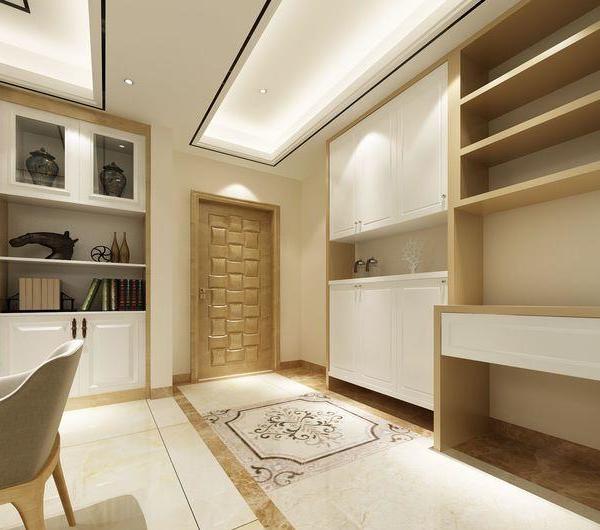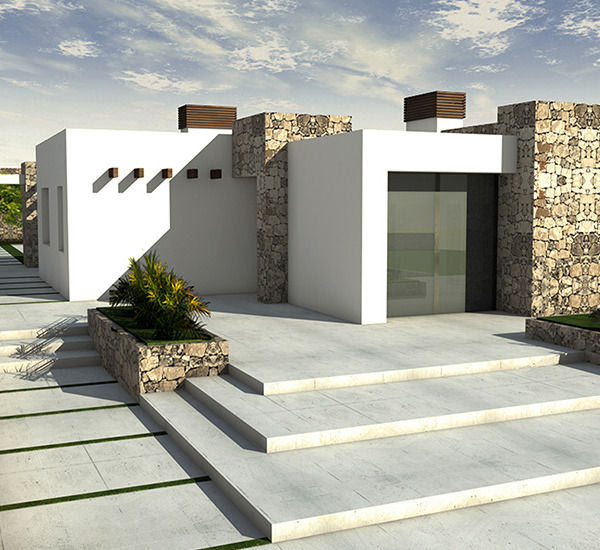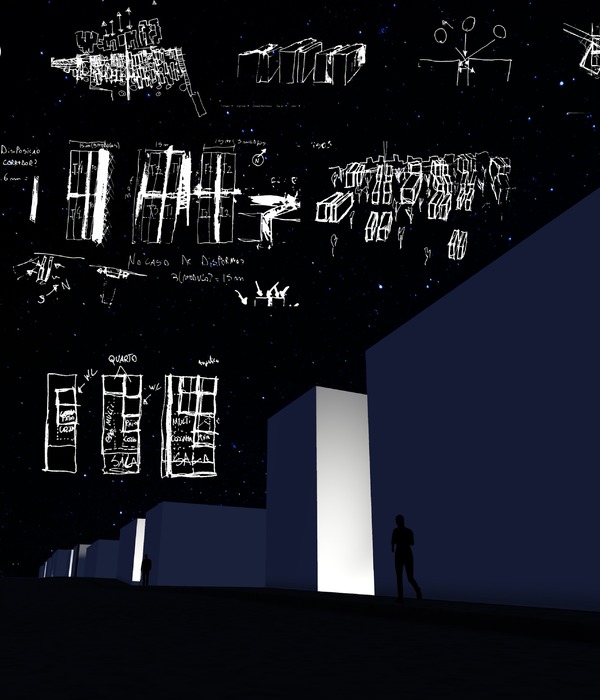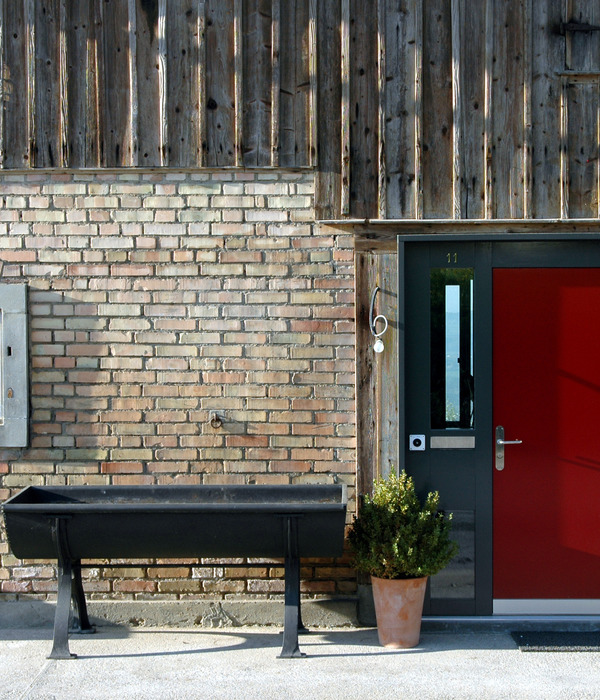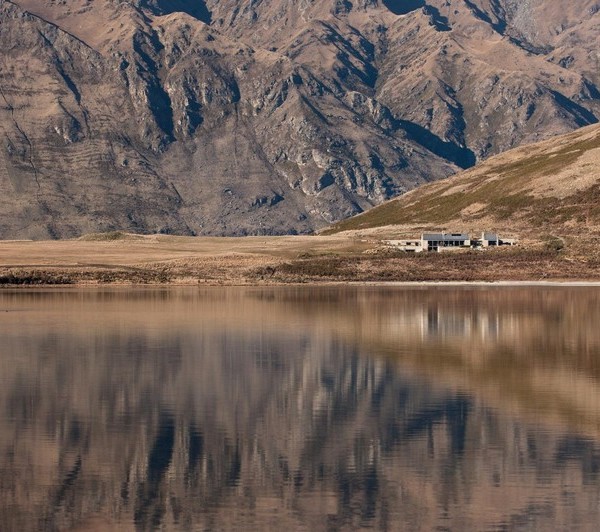Belgian artist and surrealist René Magritte often took everyday, familiar objects and placed them in unexpected scenes, posing questions as to where the boundaries lie between what is real and what is representation. Similarly, architect Antonino Cardillo has created a space that evokes a sense of surrealism and questioning, in the Elogio del Grigio on the outskirts of Castiglione delle Stiviere, to the south of Garda in Italy. This 250-square-metre, double-storey home draws inspiration from local fog-bound lake Garda, and begs the question: where does reality end and representation begin?
As if in a non-colourised Barragán house, the home boasts an all-white exterior and interior, drawing attention to the spatial layout and programmatic drivers of the space. Texture and depth are introduced through the materiality, with slabs of marble and granite decorating the floors and walls, and emphasising a sense of purpose and intent evident throughout.
The interior offers a background to an almost meditative state, with reference being made to German philosopher Georg Wilhelm Friedrich Hegel’s concepts around the endless greys of reality, and how we might accept the invitation to view the world in such a manner.
With a frontage that hints of Palazzo, and with its symmetries and geometries lining up to create an external composition that is mirrored internally, Castiglione delle Stiviere delivers an Escher-like quality both inside and out. These geometries create a rhythm through repetition, as the elongated palazzo windows stretch from floor to ceiling, syncopated alongside the internal furnishings and the composition they make up. Arched entrances and stairways are repeated and act as a form of wayfinding, guiding one from space to space and speaking to other softer geometries.
Circular windows and light-guiding portholes speak to the Magritte-esque blur between reality and representation, as the bathroom viewport to the outside is so pure in its symmetry, that it seems almost unrealistic in its perfection. This sense of balance is evident throughout the space, notably in the central living area, where we see shapes reduced to their absolute base form, suggesting the artist’s compositional set-up before commencing with the masterpiece. Cone-like lighting, arched partitions and circular viewing frames offer a different approach to the standard domesticity associated with a traditional home, to suggest that nothing that is not essential is not present here.
This reductive approach has an almost contradictory effect, as the outcome allows for a complexity that is deeply embedded within the architecture of the space. It speaks to the classical nature of the art (and science) that is design, where the perfect calculations of ratios and experimentation with scales demand an emotional response from the viewer and an assessment of life as ‘a discernment of greys’, to quote Hegel.
[Images courtesy of Cardillo Architecture. Photography by Antonino Cardillo.]
{{item.text_origin}}


